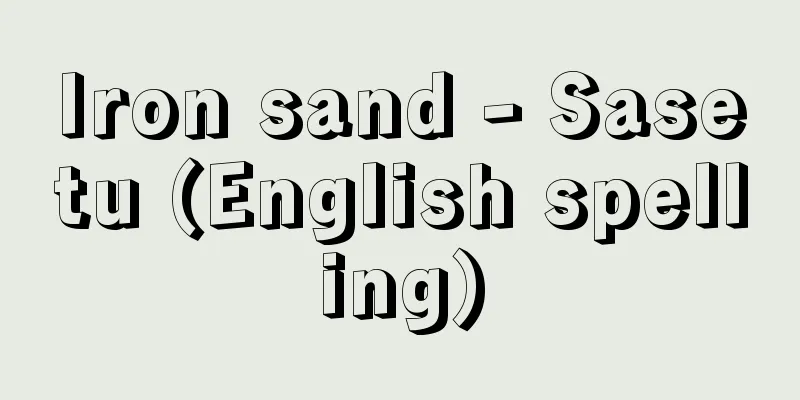Fractional Equation

|
An equation that contains a fractional expression for an unknown is called a fractional equation. Any form of fractional equation can be written in the form f ( x )/ g ( x )=0 by transforming the equation. Here, f ( x ) and g ( x ) are polynomials in x , and g ( x ) is not identically zero. If the root of this equation is α, then since f (α)/ g (α)=0, f (α)=0 and g (α)≠0 must hold. Therefore, to solve the fractional equation f ( x )/ g ( x )=0, first solve the polynomial equation f ( x )=0, and then select the roots that do not have a zero denominator (root examination). Among these roots, those that have a zero denominator are called free roots. In other words, a free root is a common root of two equations obtained by setting the numerator and denominator to zero. For example, If f ( x )/ g ( x ) is irreducible, that is, f ( x ) and g ( x ) have no common factors, then we can see that there are no irreducible roots in the solution of the equation. For example, in the previous example, we can reduce the numerator and denominator by their greatest common factor, x -1, to get [Yoshio Takeuchi] Source: Shogakukan Encyclopedia Nipponica About Encyclopedia Nipponica Information | Legend |
|
未知数についての分数式を含む方程式を分数方程式という。いかなる形の分数方程式も等式変形によってf(x)/g(x)=0の形に書かれる。ここでf(x),g(x)はxの整式でg(x)は恒等的にゼロではない。この方程式の根(こん)をαとすると、f(α)/g(α)=0だから、f(α)=0かつ、g(α)≠0でなければならない。したがって分数方程式f(x)/g(x)=0を解くには、まず整方程式f(x)=0を解き、次にこの根のうちで分母をゼロにしないものを選ぶ(根の吟味)。これら根のうちで分母をゼロにするものを無縁根という。言い換えれば無縁根は分子、分母をそれぞれゼロとおいて得られる二つの方程式の共通根である。たとえば もしf(x)/g(x)が既約、つまりf(x)とg(x)が公約数をもたないときは、方程式の解法で無縁根は現れないことがわかる。たとえば、前の例で、分母分子をその最大公約数x-1で約分して [竹内芳男] 出典 小学館 日本大百科全書(ニッポニカ)日本大百科全書(ニッポニカ)について 情報 | 凡例 |
>>: Fraction formula - fraction formula
Recommend
Sunda [Archipelago] - Sunda
The term refers to the group of islands that belon...
Charge Independent - Charge Independent
…Furthermore, it has been confirmed that this nuc...
Chichimeca Culture - Chichimeca Culture
A representative culture of the Postclassic period...
Anaphylactic reaction
…In the past, allergic reactions were broadly div...
Ecewit, B. - Ecewit
...As the Demirel government was unable to handle...
Flavius Claudius Julianus
Roman Emperor (reigned 361-363). Known as an &quo...
ISO inch thread - ISO inch thread
...In the United States, based on the experience ...
Pinch effect
(1) When the current flowing through a plasma beco...
Carex limosa (English spelling)
…[Tetsuo Koyama]. … *Some of the terminology that...
Sozialistische Partei ÖsterreichsSozialistische ParteiOsterreichs
...Alongside referendums, national petitions (Vol...
Long juban (undergarment) - Nagajuban
A juban with wide sleeves and a full-length tsuita...
Iraan - Iraan
…Persia is merely an alias, and Iranians have nev...
Japan Ground Self-Defense Force
The Self-Defense Forces, whose mission is to defen...
Mount Minobu - Minobusan
A mountain in Minobu-cho, Minamikoma-gun, Yamanas...
Sanukite
A dense black andesite found in the central Kii Pe...









